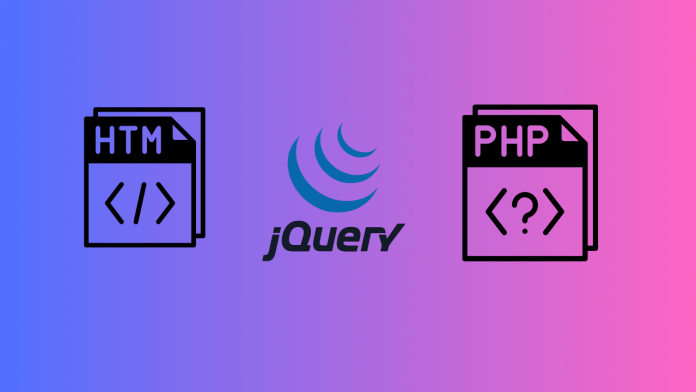Learning Photoshop can be an exciting and rewarding experience, but due to its numerous features and tools, it can also be overwhelming. Here is a bit by bit guide on the most proficient method to learn Photoshop with every one of the important subtleties:
Get Photoshop
You, first and foremost, need to approach Adobe Photoshop. You can either subscribe to Adobe Creative Cloud, which gives you access to the most recent version of Photoshop, or, if a standalone version is available, you can purchase one.
Essential Acquaintance: Begin by familiarizing yourself with the Photoshop user interface. Comprehend the format, apparatuses board, choices bar, layers board, and other fundamental components. Try not to rush; find opportunity to investigate the menus and choices.
Online Instruction
There is an abundance of free instructional exercises accessible online for Photoshop students. Tutorials for all skill levels are available on YouTube, Adobe’s official website, and other educational platforms like Udemy and Coursera. Search for novice instructional exercises to begin with.
Documentation and Help from Adobe: Visit Adobe’s true site for Photoshop. They have broad assistance documentation and instructional exercises that cover different parts of the product.
Work with Layers
In Photoshop, understanding layers is essential. Learn how to make layers, duplicate them, merge them, and arrange them. This is the underpinning of non-disastrous altering.
Ace Choice Apparatuses
Learn about selection tools like the Quick Selection, Marquee, Lasso, Magic Wand, and Pen Tool. Choices are utilized for separating portions of a picture for altering or control.
Practice with Essential Altering: Begin with essential photograph altering assignments like editing, resizing, changing splendor/differentiation, and variety amendment. Non-destructive edits can be applied with Adjustment Layers.
Learn to retouch
Find out more about correcting procedures to eliminate imperfections, wrinkles, and undesirable components from photographs. Use devices like Clone Stamp, Mending Brush, and Content-Mindful Fill.
Learn about channels and masks
Veils permit you to stow away or uncover portions of a picture, and channels assist with complex determinations. Figure out how to successfully utilize them.
Investigate Channels and Impacts
Explore different avenues regarding different channels and impacts to imaginatively improve your pictures. Be mindful not to get out of hand; nuance frequently delivers improved results.
Text and Typography
Figure out how to add, design, and control text in Photoshop. Comprehend text impacts and mixing choices.
Practice with Photograph Control
Attempt further developed procedures like compositing, photograph control, and photograph arrangements. This will assist you with extending your inventive abilities.
Learn Vector Illustrations
Photoshop likewise has fundamental vector altering capacities. For simple illustrations, familiarize yourself with the Pen Tool and Shape Layers.
Follow Plan Instructional exercises
Look for instructional videos that show you how to make specific designs like posters, banners, and graphics for social media, among other things. This will assist you with learning down to earth utilizations of Photoshop.
Try and Make
Experimenting on your own is the best way to learn. Take your own photographs, download stock pictures, and practice various strategies. Go ahead and commit errors; All of it is a part of learning.
Join Photoshop People group
Join Photoshop-specific social media groups or online forums. Share your work, seek clarification on some pressing issues, and gain from others.
Alternate way Keys
Really get to know normal alternate way keys; they can essentially accelerate your work process.
Practice, Practice, Practice: Photoshop is an expertise that improves with training. Keep tackling projects and experimenting with new methods.
Keep in mind that learning Photoshop is an ongoing process. As you gain insight, you’ll find new deceives and methods that will assist you with succeeding in visual depiction, photograph altering, and advanced workmanship. Be patient, and partake in the inventive approach!

















